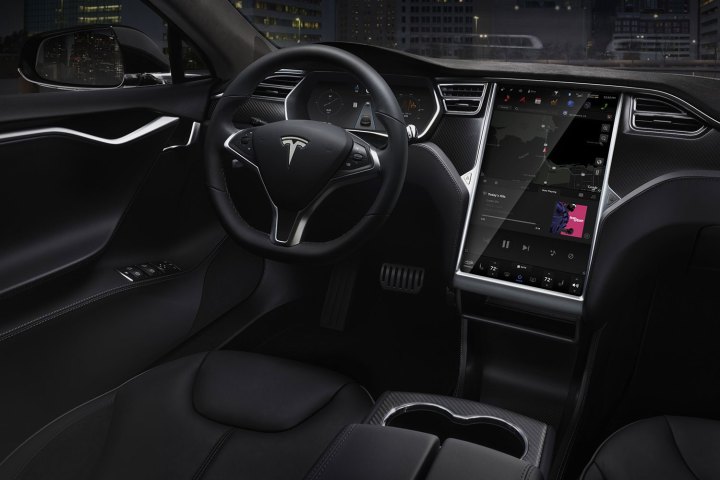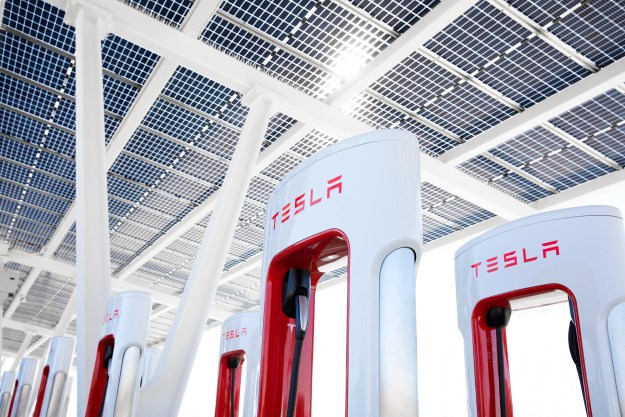
But the Palo Alto, California-based company hasn’t sent the idea to the scrapyard just yet, revealing in a letter sent to shareholders this week that it still has an eye on attempting the feat.
“The upcoming autonomous coast-to-coast drive will showcase a major leap forward for our self-driving technology,” Tesla said in the letter.
We know what you’re thinking. “Well, ‘upcoming’ could mean anywhere between tomorrow and when the sun becomes a red giant.” So it’s helpful, then, that during an earnings call on Wednesday, February 7, Musk elaborated, predicting the LA-to-NYC self-driving Tesla trip will “probably” be undertaken somewhere between May and August … 2018, that is.
The Tesla boss claimed the car could have made the trip last year, but it would have required a lot of custom coding, “effectively gaming it.” So they’ve decided to wait until they can create the software for “fully self-driving capability” that can be eventually incorporated into its Tesla cars. However, it’s then down to regulators as to whether drivers can actually use it.
Musk’s latest promise comes just a couple of weeks after a Tesla Model S slammed into the back of a parked fire truck in Los Angeles. The driver, who escaped apparently without injury, claims he had the car’s Autopilot mode engaged at the time. In that case, Tesla’s Autopilot should have detected the stationary fire truck, causing the Model S to slow or prompting the driver to take control, though the details of the accident still aren’t entirely clear.
Tesla has always insisted that Autopilot is “intended for use only with a fully attentive driver,” which may confuse some owners considering the name of the feature. Indeed, confusion over Tesla’s use of the term “Autopilot” has also caused concerns in Germany.
Aiming to strike a positive note this week, Tesla said in its shareholder letter that it has now completed “an extensive overhaul of the underlying architecture of our software … which has enabled a step-change improvement in the collection and analysis of data and fundamentally enhanced its machine learning capabilities.” In other words, its driverless technology is getting really good.
It added that at the current time it’s preparing to introduce “a series of new Autopilot features in 2018 and beyond.”
Editors' Recommendations
- Tech giant reveals nice price for new EV to take on Tesla
- Here’s how Ford will give EV customers Tesla Supercharger access
- New Model 3 ‘takes out the baby fat,’ Tesla designer says in new video
- Tesla Cybertruck: rumored price, release date, specs and more
- Tesla offers behind-the-scenes look at Cybertruck bullet test


